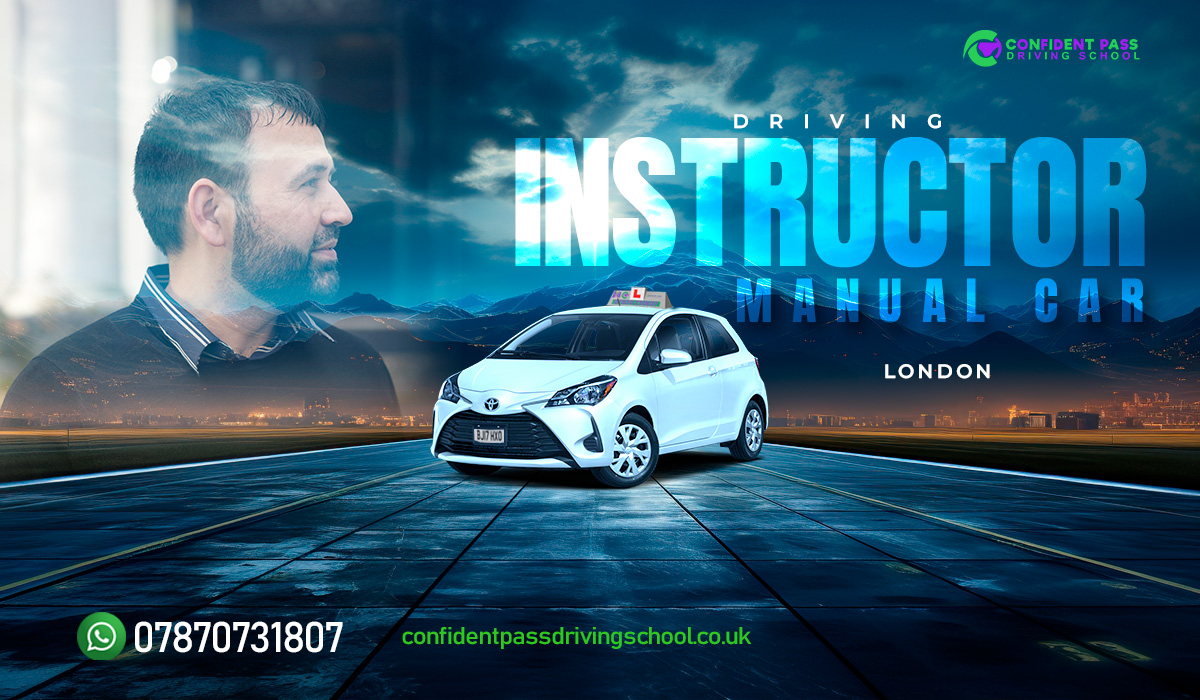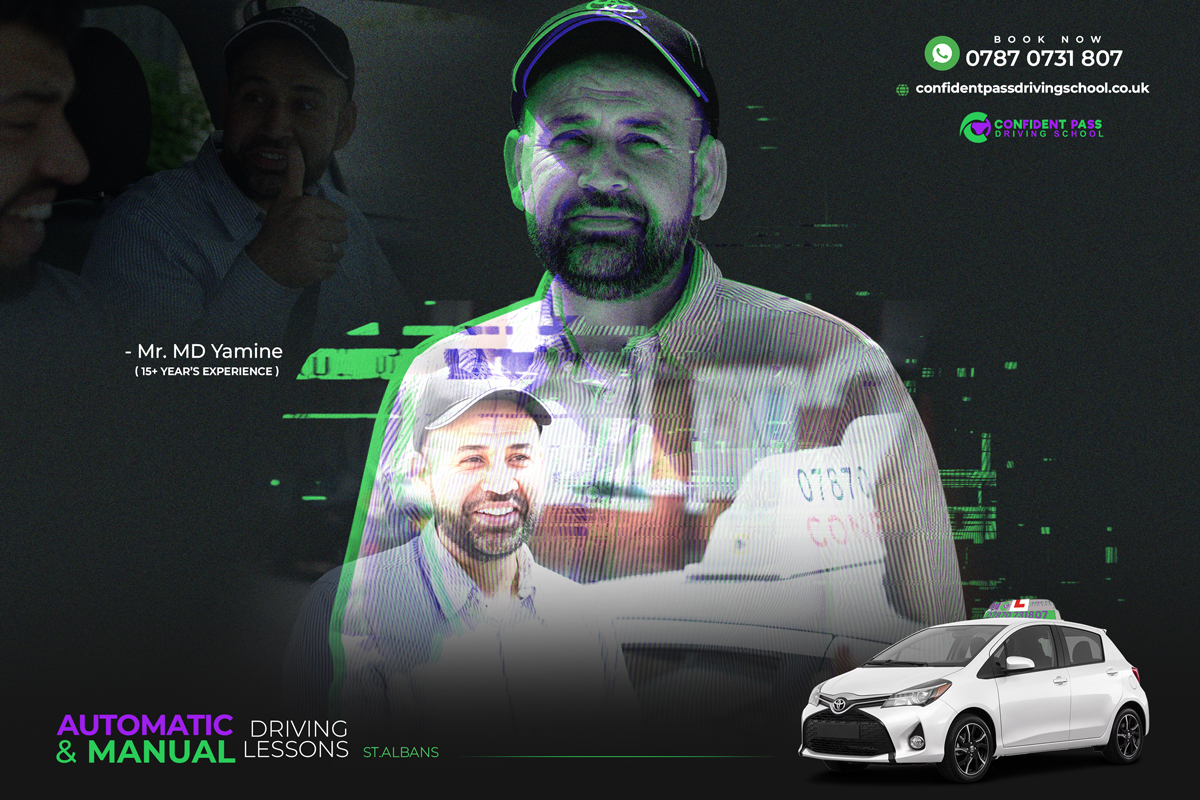Getting behind the wheel in a European country is no less than exciting. However, a bit of preparation is necessary for getting familiarized with the driving laws that one must abide by. Driving on the right is something that one must master as it follows a separate set of rules. So, it is important to opt for European driver car hire in Southhall to get accustomed to all the rules and legal requirements imposed by each country.
Exception to the driving on the right rule one must know
In most of the countries in the world, driving on the right is the norm. This is followed by the majority of the European countries as well where the norm is to drive on the right. However, certain European countries like Ireland, Cyprus and Malta are exceptions to this rule. So, those who are not aware of it must know and develop skills to drive confidently in these countries. However, in other European countries, one must learn the skills of driving on the right-hand side of the road.
Important driving requirements that a driver must fulfill
- Age criteria
Those who are a full license holder in the UK can drive if they are 17 years of age. However, to drive legally in other countries the age of the driver must be 18 years or above.
- Headlight adjustments
As one drives in European countries, the beam pattern of the headlights of a vehicle must be adjusted as one drives on the right-hand side of the road. This must be done to avoid being dazzled by the dipped beam shown by an oncoming driver.
What is the essential safety equipment that one must have while driving in European countries?
- Reflective Jacket
One must carry a reflective jacket and wear it in certain European countries whenever there is a vehicle breakdown. The drivers are penalized with spot fines if they do not carry reflective jackets.
- Warning triangle
If there are any impending hazards the driver is made alert by displaying a warning triangle. The drivers are made alert when they are getting close to a stationary vehicle unexpectedly. Carrying them in the vehicle helps to avoid unwanted accidents.
- Fire extinguisher
Few European countries have made it mandatory to carry fire extinguishers while driving. In some other countries, it is advised to carry fire extinguishers while driving.
- First aid kit
Carrying a first aid kit is very important in certain European countries. These are part of the rules where one must carry them in the vehicle.
- Spare bulbs
Carrying spare bulbs is very important in certain European countries. These spare bulbs must be set in the vehicle for the sake of safety.
What is a UK provisional license?
Those who are aware of the UK driving rules must fulfil certain conditions to get their provisional driving license.
- He or she must be a minimum of 15 years 9 months old.
- Can view the number plate and read what is written from a distance of 20 meters.
What are the necessary documents required for a UK provisional license?
- One must have an identity document, for instance, a passport.
- The address where they have stayed for the past 3 years
Sometimes, additional information is also asked for instance the National Insurance number. Once these are provided one will receive a confirmation email. This email is provided by the DVLA or Driver and Vehicle Licensing Agency as and when one applies for it.
However, there can be delays in the procedure as additional checks are made by the DVLA. The entire process gets completed seamlessly by providing the necessary documents.
What are the different rules for driving with a UK provisional license?
- It is important to get familiar with the rules before one can drive abiding by the laws.
- One can drive if someone already has a UK provisional license.
- If someone has renewed the UK provisional license
- Replaced the UK provisional license if it is stolen, lost, destroyed or damaged
- If someone is disqualified one must reapply for the UK provisional license
- Must change the address present in the UK provisional license
How to book the UK driving test?
As one clears the theory test it is time to book the UK driving test if you are a learner driver. Those who want to upgrade their automatic driving license to a manual one do not have to clear the theory test all over again.
Important things one must have before they apply for the UK driving test
Let us have a look at some of those important things that one must have before applying for the UK driving test.
- Must have a UK driving license number
- Have a debit or a credit card
- Must have the personal reference number of the driving instructor before checking their availability.
Before one applies for the UK driving test, it is important to check the cost.
What are the criteria to pass the UK driving test?
- One must safely drive in different traffic and road conditions.
- It is important to know The Highway Driving Code while driving.
One must be sure enough that they can easily drive without any instructions. This is the time they must apply for the test. The national standards for driving a vehicle state that one must know every skill in the book to pass the driving test.
Are you looking to upgrade your license?
It is important to get in touch with the Driver and Vehicle Standards Agency (DVSA) for any kind of upgrades. For those who want to upgrade from automatic to manual or a large-sized lorry from a medium-sized one, it is important to book the UK driving test.
Can anyone rebook the test?
For those who are not informed, one can rebook the driving test all over again if someone has failed to clear the test as there is a provision in the UK Driving Rules. However, one must choose a date for the driving test which is at least 10 working days apart from the previous test.
What are all those mandatory documents that one must have to drive in Europe?
- International Driving Permit
- Driving license
- A valid passport
- Cover for Breakdown
- Documentation of car insurance
- European Health Insurance Card
- Proof of ownership or use of vehicle
Wrapping up: Feel free to contact us at Confident Pass Driving School
Are you looking to drive in European countries and have a great time? You have come to the right place. Get in touch with us and enrol for European driver car hire to get familiarized with the rules and regulations. You rest assured to get your money’s worth by enrolling for it. Don’t forget to contact us at Confident Pass Driving School as we provide UK provisional license car hire in Hatfield. This makes it easy to know about the UK driving rules as one gets permission to drive in the country. Want to know more? Schedule an appointment with us whenever you see fit.




